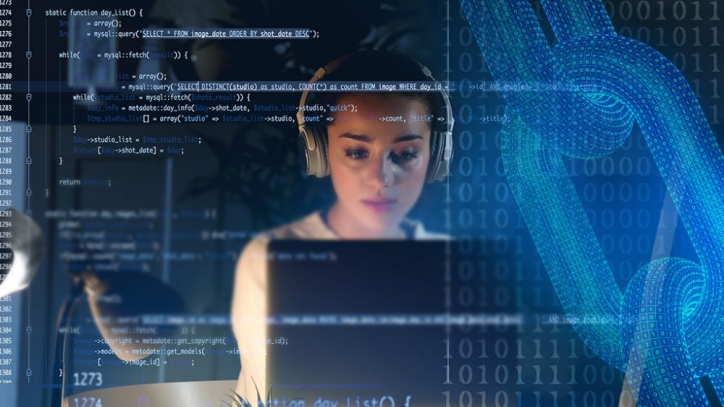cyber security
Since the introduction of Computer Security Day in 1988, the level of threats has increased every year, and there have been more incidents than ever in the past 12 months. New, nifty malware, more devices, more computing power, and professional criminal gangs mean that anyone with a computer, smartphone, or IoT device should consider IT security regularly – but many of them haven’t yet. But now that so many people are working remotely, every employee has a certain degree of responsibility when it comes to IT security at home and in the company.
Check point Therefore, I have collected the following tips to provide guidance and assistance to protect both personal devices and IT systems:
- Passwords are importantPasswords should be checked and strengthened regularly. However, experts argue about the length, composition, as well as the frequency of regeneration. It is important for users to handle their passwords with care, and not to save them unlocked in Excel spreadsheets or leave them written around so everyone can see them or pasted to the back of the keyboard. Also, “1234” or “password” are not strong passwords.
- Phishing Protection: Users should be careful before clicking on links that appear suspicious in any way, and are often associated with the sender. Content should also only be downloaded from trusted sources, as phishing as a common form of social engineering has become the main avenue of attack. Therefore, if users receive an email with an unusual request, sender, or strange subject, they should immediately become suspicious.
- Choose IT equipment carefully: With regard to remote work, this point has become very important. The risk of a large-scale attack increases when employees use their own peripherals, such as computers or mobile phones, for professional purposes. Security software must be installed on all devices and protect the connection to the corporate network.
- Keep software updated: Hackers often find portals into applications, operating systems, and security solutions because they generally notice and exploit the occurrence of vulnerabilities. One of the best protections is to keep the latest version of any software running – simple but effective.
- Use multi-factor authentication: Many users are already familiar with multi-factor authentication from their online bank accounts, for example when requesting a TAN (one-time password) on a mobile phone. In many cases, this login method is now offered to apps and accounts with online retailers in order to increase IT security. In this way, they made it almost impossible for cybercriminals to gain access to the system despite knowing the password.
This tip can actually go a long way in protecting your own devices and your business from hacker and malware attacks. In addition, there must be a large-scale IT security architecture that standardizes different security solutions and centrally controls them against different types of attacks. This covers all areas of IT security and even dreaded zero-day attacks can be intercepted. Training of all employees, even management level, and training of specialists via special training programs and learning platforms complements the strategy.

“Devoted gamer. Webaholic. Infuriatingly humble social media trailblazer. Lifelong internet expert.”





